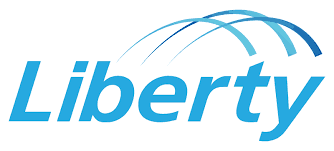 Liberty Cablevision of Puerto Rico has estimated it will take as long as June of this year to fully restore cable and broadband service to Puerto Rico.
Liberty Cablevision of Puerto Rico has estimated it will take as long as June of this year to fully restore cable and broadband service to Puerto Rico.
It has been over 100 days since Hurricane Maria devastated Puerto Rico and the U.S. Virgin Islands. At least 45% of Puerto Rico remains without any electricity, and the U.S. Army Corps of Engineers estimates it will take until May to fully restore power — eight months after the hurricane hit.
The island’s well-publicized power scandal with a politically-connected contractor also involves a decrepit utility, likely corruption in contract awards, incompetent management, and political interference from conservative groups who want to privatize the island’s utility and sell off its assets to corporate interests and entrepreneurs competing to turn the island into an experimental laboratory for renewable energy sources. All contribute to a slowdown in power recovery because no plan has adequate backing and sufficient resources to quickly bring power back online. Instead, mutual aid assistance from U.S. utilities is gradually rebuilding and strengthening the island’s existing power grid.
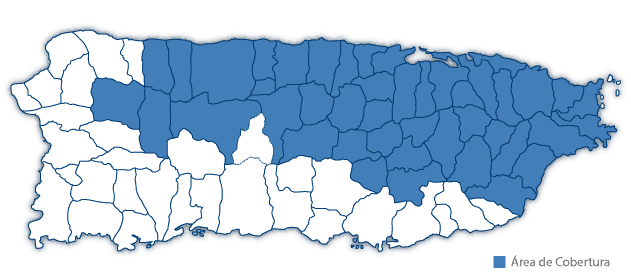
Liberty Cable’s original service area.
Liberty Cablevision claims many of its outages are power-related. When power is restored, their service will return as well. But many of their former customers will not. More than 140,000 Puerto Ricans have left since the storm hit Sept. 20 and some experts estimate more than 300,000 more could leave in the next two years. That’s on top of a similar number that have already left over the last decade as a result of the perpetual economic crisis on the U.S. island territory of 3.4 million.
Liberty is rebuilding significant parts of their network, spending millions to replace damaged coaxial cable with fiber optics, especially in areas closest to the eye of the hurricane where damage was greatest.
Liberty Global, controlled in part by cable magnate John Malone, this week completed spinning off Liberty Cablevision of Puerto Rico to Liberty Latin America, a new independent, publicly traded company. Included in the spinoff are Cable & Wireless Communications, a familiar telecom company serving Caribbean islands, parts of Latin America and the African island nation of the Seychelles, and VTR – Chile’s largest cable company.
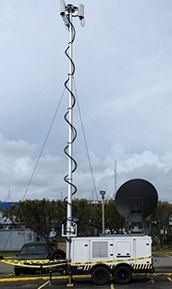
A portable cell site
Cellular/Cable/Telephone
As of Dec. 29, 11.0% of Puerto Rico’s cell sites remain out of service. One county, Vieques, has greater than 50% of its cell sites out of service.
Satellite Cells on Light Trucks (COLTs) have been deployed in Aguadilla, Arecibo, Cayey, Coamo Sur, Fajardo, Guayama, Manati, Mayaguez Mesa, San German, Vega Baja, and Yauco and Terrestrial Cells on Wheels (COWs)/COLTs in Humacao, Quebradillas, Rio Grande, and Utuado.
U.S. Virgin Islands: Overall, 20.5% of cell sites are out of service. 50% of cell sites in St. John are out of service.
The FCC has received reports that large percentages of consumers are without either cable services or wireline service. While the companies have been actively restoring service, the majority of their customers do not have service because commercial power is not yet available in their respective areas. In Puerto Rico, there are no major telecom switches still affected.
Broadcast Stations
When broadcast stations are listed as “suspected to be out of service,” the statement is based on field scanning of relevant bands. Stations listed may be operating on reduced power or on a reduced schedule.
Television
Puerto Rico
- 5 TV stations are confirmed operational (WKAQ, WIPR, WNJX, WTIN, WORO)
- 2 TV stations are suspected to be out of service (WIPM, WELU)
- 70 TV stations have been issued Special Temporary Authority to be offline
- 30 TV stations have unconfirmed status
U.S. Virgin Islands
- 14 TV stations have been issued Special Temporary Authority to be offline
- 2 TV stations have unconfirmed status
AM Radio
Puerto Rico
- 42 AM radio stations are confirmed operational (WA2X, WABA, WALO, WAPA, WBMJ, WCMN, WCGB, WCPR, WDEP, WENA, WEXS, WGDL, WI2X, WI2X, WI3X, WIAC, WIPR, WISO, WKAQ, WKFE, WKJB, WKUM, WLEO, WLEY, WMDD, WMNT, WMSW, WOIZ, WOQI, WORA, WPAB, WPPC, WPRA, WPRP, WSKN, WSOL, WTIL, WUNO, WUPR, WVJP, WXEW, WYEL)
- 8 AM radio stations are suspected to be out of service (W227, WJDZ, WNVE, WVQR, WYAS, WZCA, WZMT, WZOL)
- 21 AM radio stations are confirmed out of service by the Puerto Rican Broadcast Association (WBQN, WCMA, WDNO, WEGA, WFAB, WGIT, WHOY, WIBS, WIDA, WISA, WIVV, WJIT, WKVM, WLRP, WNEL, WNIK, WOLA, WOSO, WQBS, WRSJ, WUKQ)
- 1 AM radio station has unconfirmed status
- 2 AM radio stations have been issued Special Temporary Authority to be offline
U.S. Virgin Islands
- 2 AM radio stations are confirmed operational (WSTA, WUVI)
- 2 AM radio stations are suspected to be out of service (WDHP, WSTX)
- 1 AM radio station has unconfirmed status
FM Radio
Puerto Rico
- 55 FM radio stations are confirmed operational (WAEL-FM, WCAD, WCMN-FM, WCMNFM3, WCMN-FM6, WEGM, WERR, WERR-FM1, WERR-FM2, WERR-FM3, WFDT, WFID, WIDI, WIRI, WIVA-FM, WKAQ-FM, WKAQ-FM1, WKAQ-FM2, WLUZ, WMAA-LP, WMEG, WMIO, WNNV, WNRT, WNRT-FM1, WNRT-FM2, WNVM, WODA, WORO, WOYE, WPRM-FM, WPUC-FM, WPUC-FM1, WQML, WRIO, WRRH, WRTU, WRXD, WTOK-FM, WTOKFM2, WTPM, WTPM-FM1, WVDJ-LP, WVIE, WVIS, WVJP-FM, WVJP-FM2, WXYX, WXYXFM1, WXYX-FM2, WZAR, WZIN, WZNT, WZNT-FM1, WZOL)
- 8 FM radio stations are suspected to be out of service (W227CV, WJDZ, WNVE, WVQR, WYAS, WZCA, WZMT, WZOL-FM3)
- 17 FM radio stations are confirmed out of service by the Puerto Rican Broadcast Association (WCAD-FM1, WCAD-FM2, WCRP, WELX, WIDA-FM, WIOA, WIOA-FM1, WIOC, WNIK-FM, WQBS-FM, WQBS-FM1, WUKQ-FM, WUKQ-FM1, WXHD, WXLX, WYQE, WZET)
- 3 FM stations have been issued Special Temporary Authority to be offline
- 28 FM radio stations have unconfirmed status
U.S. Virgin Islands
- 2 FM radio stations are confirmed operational (WVIE, WZIN)
- 1 FM radio station is suspected to be out of service (WVIZ)
- 1 FM radio station has been issued Special Temporary Authority to be offline
- 19 FM radio stations have unconfirmed status
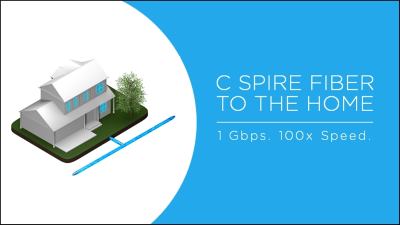 C Spire, an independent wireless company providing service in the southern United States is partnering with electric utility Entergy to jointly construct a new fiber optic network in remote sections of Mississippi to manage an electric smart grid and fiber broadband service.
C Spire, an independent wireless company providing service in the southern United States is partnering with electric utility Entergy to jointly construct a new fiber optic network in remote sections of Mississippi to manage an electric smart grid and fiber broadband service.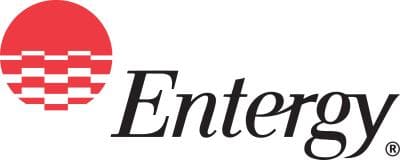 The fiber network will be uncharacteristically placed in some of the most rural parts of the state’s push to redevelop its rural economy to support digital businesses. C Spire itself has been in transition over the last five years, diversifying its core cellular business into fiber to the home broadband, phone, and television service targeting underserved, smaller communities across the state.
The fiber network will be uncharacteristically placed in some of the most rural parts of the state’s push to redevelop its rural economy to support digital businesses. C Spire itself has been in transition over the last five years, diversifying its core cellular business into fiber to the home broadband, phone, and television service targeting underserved, smaller communities across the state.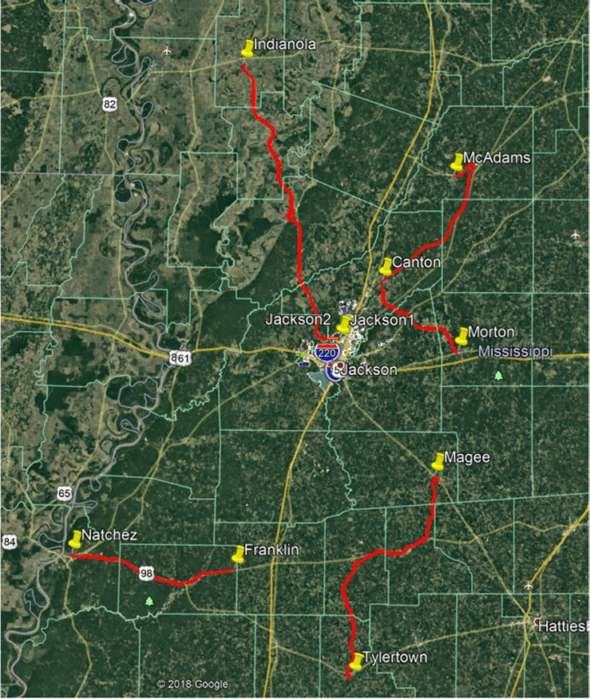


 Subscribe
Subscribe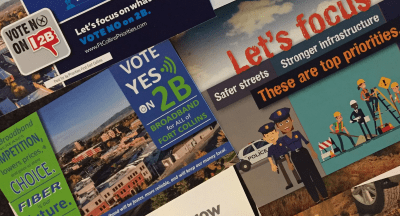

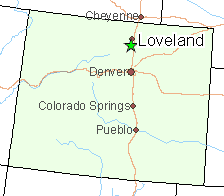
 New York’s Broadband for All Program yesterday
New York’s Broadband for All Program yesterday 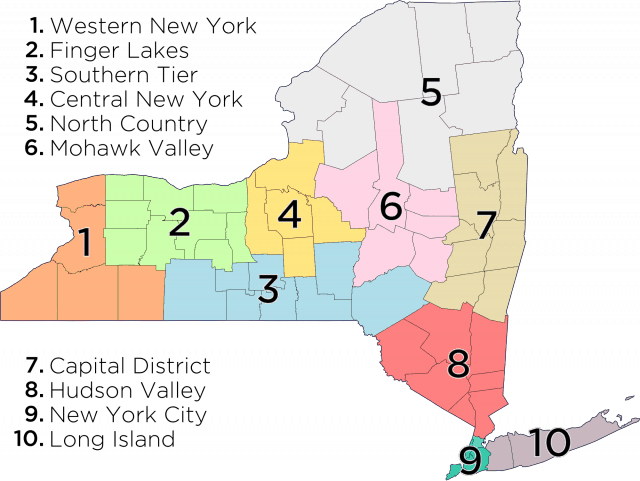 Central New York Region
Central New York Region Liberty Cablevision of Puerto Rico has estimated it will take as long as June of this year to fully restore cable and broadband service to Puerto Rico.
Liberty Cablevision of Puerto Rico has estimated it will take as long as June of this year to fully restore cable and broadband service to Puerto Rico.

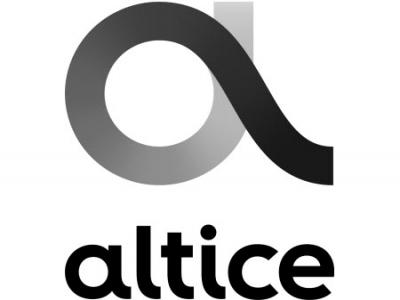 In a sign that could spell trouble for Altice’s ambitious plans to scrap Cablevision’s coaxial cable network in favor of fiber to the home service, Altice has announced it is
In a sign that could spell trouble for Altice’s ambitious plans to scrap Cablevision’s coaxial cable network in favor of fiber to the home service, Altice has announced it is 